I am afraid there is no other steps available in Azure Devops which can directly trigger a published azure ml pipeline. You have to use Python Script Step or Azure CLI Step in azure devops pipeline to trigger azure ml pipeline.
To trigger azure ml pipeline using azure cli task in azure devops pipeline. You can check out below steps.
1, Create an azure pipeline. See example here.
2, Create an azure Resource Manager service connection to connect your Azure subscription to Azure devops. See this thread for an example
3, Add Az cli task in your yaml pipeline. Run below scripts as inline scripts. See document here for more information.
steps:
- task: AzureCLI@2
displayName: 'Azure CLI '
inputs:
azureSubscription: 'azure Resource Manager service connection'
scriptType: ps
scriptLocation: inlineScript
inlineScript: |
#To install the Machine Learning CLI extension
az extension add -n azure-cli-ml
az ml run submit-pipeline --pipeline-id "{id}"
Update:
If you want to avoid using build agents. You can run the invoke rest api task in an agentless job. See below steps:
1, Create a Generic service connection in azure devops. See here for creating service connection.
2, Add below url as the Server URL of the generic service connection. See here for more information about below url.

3, Add a agentless job(server job) in your pipeline. Add invoke rest api task in this agentless job. So that, the pipeline will execute the invoke rest api task to trigger the azureml pipeline without using a build agent.
You can also setup an azure logic app in your azure subscription.
You can set the logic app trigger as azure devops events. Or you can set a http request as the trigger events(You can the use invoke rest api task or azure devops web hook to call this http request to trigger this logic app).
And then add a HTTP action with the url as above url screenshot. Please see here for more information.


